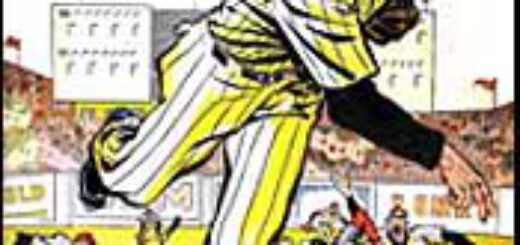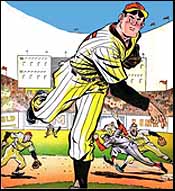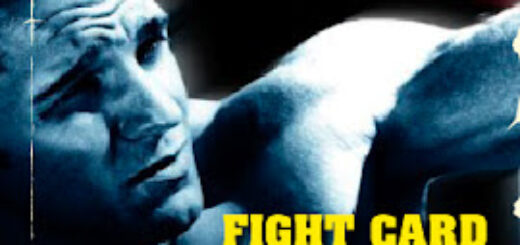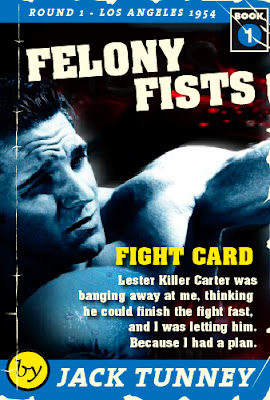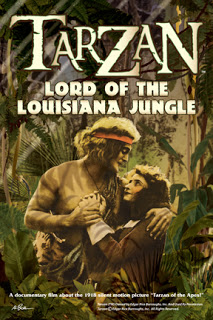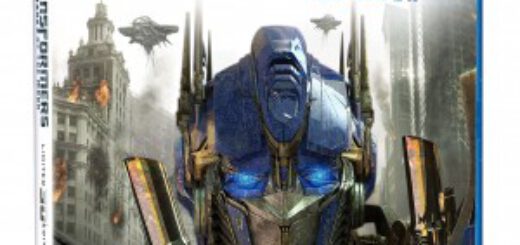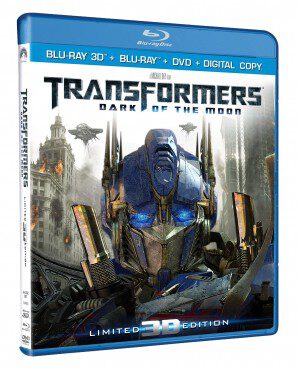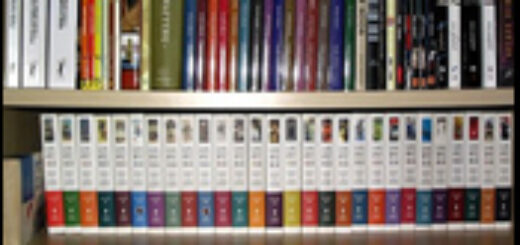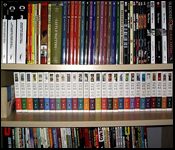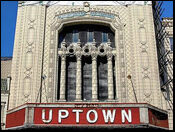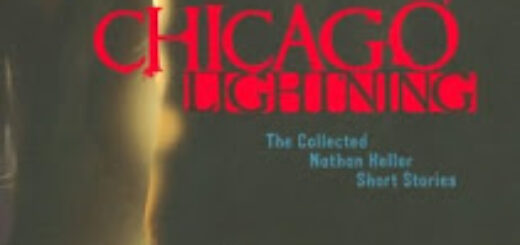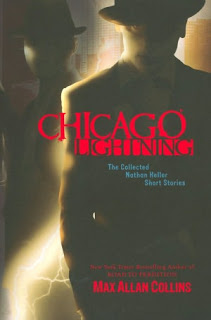JOHN OSTRANDER: Our Final Frontier
 SPACE: The final frontier. These are the voyages of the Starship Enterprise. Its five-year mission: to explore strange new worlds, to seek out new life and new civilizations, to boldly go where no man has gone before.
SPACE: The final frontier. These are the voyages of the Starship Enterprise. Its five-year mission: to explore strange new worlds, to seek out new life and new civilizations, to boldly go where no man has gone before.
We’re a frontier nation. Always have been. If you weren’t happy were you where, if you looked for new possibilities, new challenges, there was always somewhere to go. That concept, that feeling, brought people from other lands to this one, from the pilgrims to the later great European migrations. As late as the Dustbowl and the Great Depression, people uprooted from where they were and went somewhere else, often California. African-Americans, seeking a better life, made an exodus from the Deep South into the Midwest, to Chicago and Detroit and other cities. Someplace else has always held promise to us as a people and, I think, helped define us.
Star Trek also evoked the concept of frontier with its opening narration. It’s the first thing we heard when we first saw Star Trek. Later shows and movies would alter it slightly, changing “five year mission” to “ongoing mission” and “to where no man has gone before” to “to where no one has gone before”; both, to my mind, improvements. By now we know it so well that we hardly ever really listen to that invocation anymore but it’s worth looking at.
Think of hearing those opening words for the first time – ever. There is a promise of adventure, of hope – they define frontier. They reflected an aspect of America at the time – a belief in ourselves and our ability to achieve great things.
I saw Neil deGrasse Tyson, the director of the Hayden Planetarium in NYC, on The Daily Show this last week. I love watching Tyson – he is a terrific cheerleader for the manned exploration of space, not only enthusiastic but able to communicate that enthusiasm. He was selling his new book, Space Chronicles: Facing the Ultimate Frontier, but he was also decrying how we, as a people and a nation, have given up on space. After the moon landings, he noted, we settled back into the space station and the shuttle, boldly going over and over again where lots of people have gone.
Don’t get me wrong – I think the space station is a remarkable achievement and the shuttles were important and the loss of two of them and the lives within were tragic. Neither program, however, really ignited our imagination the way that the race to the moon did or the opening to Star Trek did. There is no reach outward. There is no frontier.
I think we need a frontier. I think that we, as a nation, have fallen inwards and are devouring ourselves. A frontier makes us look outward and upward; it demands the best from us if we are to survive. What we currently slog through in our lives is far from our best – and offers damn little hope of reaching something better than what we have.
Reaching outwards, to other planets, to other stars, presents risks and problems but we find ways of solving those problems and overcoming those risks and, in the process, makes us better.
I know there are those who say it is too expensive to explore space with people. Manned probes can get us there cheaper and without the risk to human life. However, I think that risk is what’s important. It’s humanity against the elements and, without that risk of death, is there really an achievement? However sophisticated the Mars’ probes are, they are not humans. They are machines. There is skill but there is no courage.
Some people have said we shouldn’t go back into space until we solves our problems here on Earth. That’s not going to happen; there will always be problems here on Earth. Solve one and another pops up. Many of these problems are hardwired into us as human beings. However, so are the virtues and strengths of us as a people and they are never better on display than we reach outwards – to another planet, to the stars, to one another.
We, as a people, need frontiers and, as Star Trek pointed out, space is the final, the ultimate, frontier. Let’s seek out new lives and create a new civilization. Let’s unwrap our imaginations and explore possibilities.
Warp factor baziilion, Mr. Sulu.
MONDAY: Mindy Newell

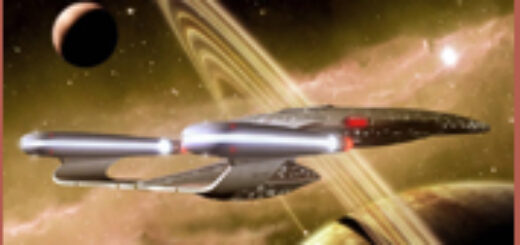

 The character of Tarzan™ turns 100 years old
The character of Tarzan™ turns 100 years old 

